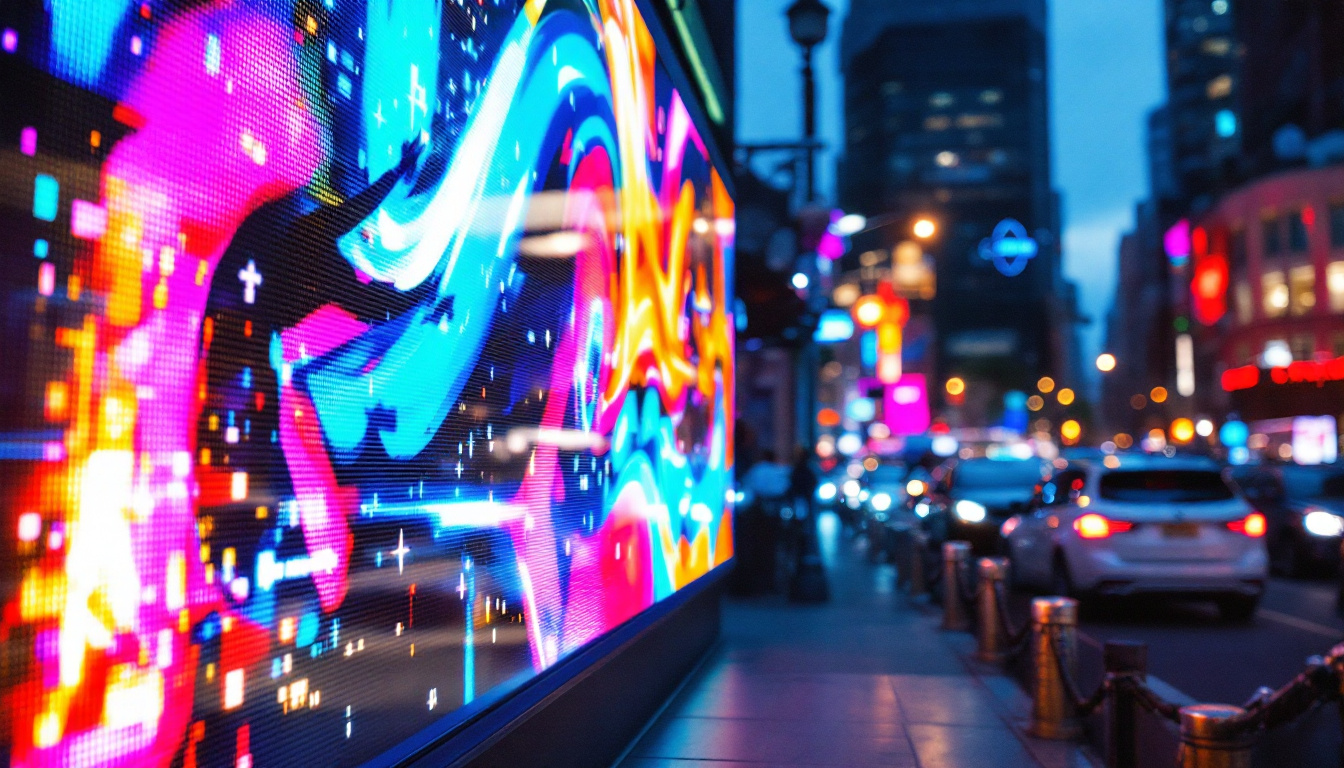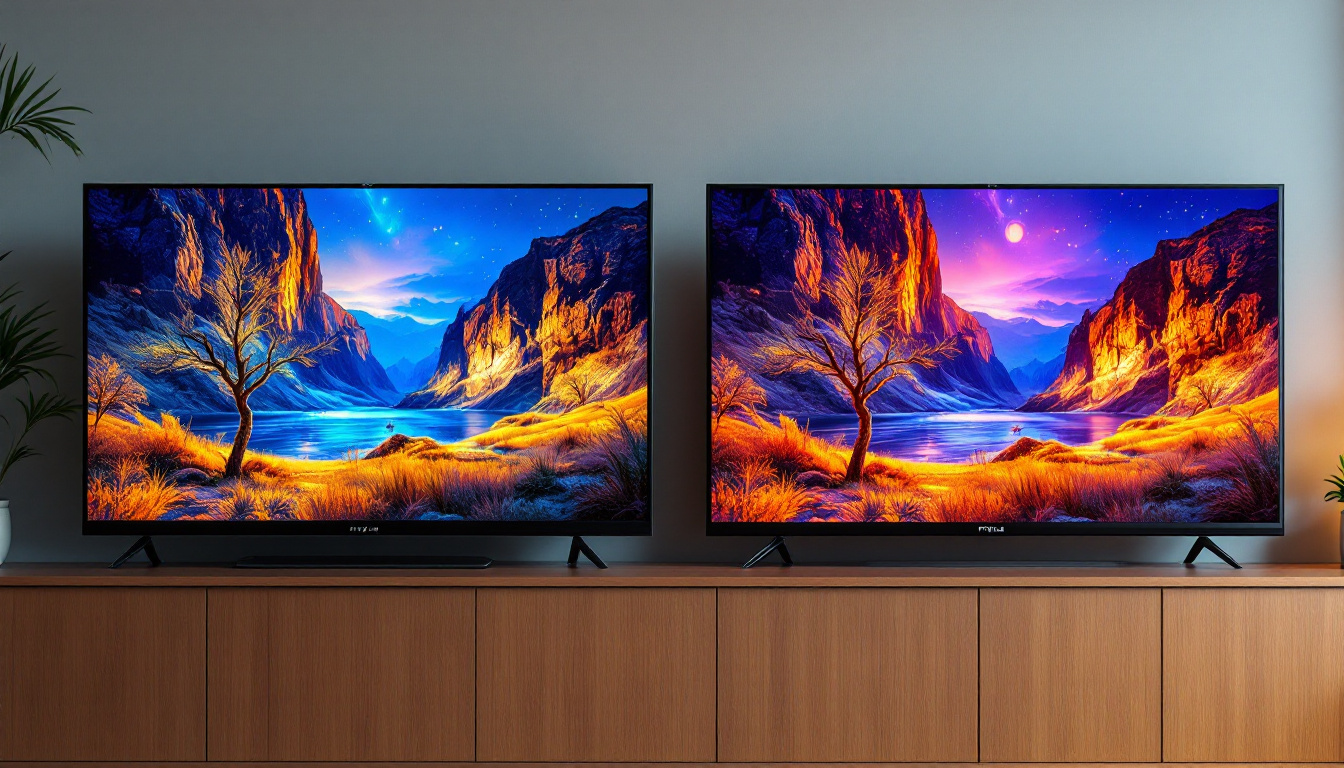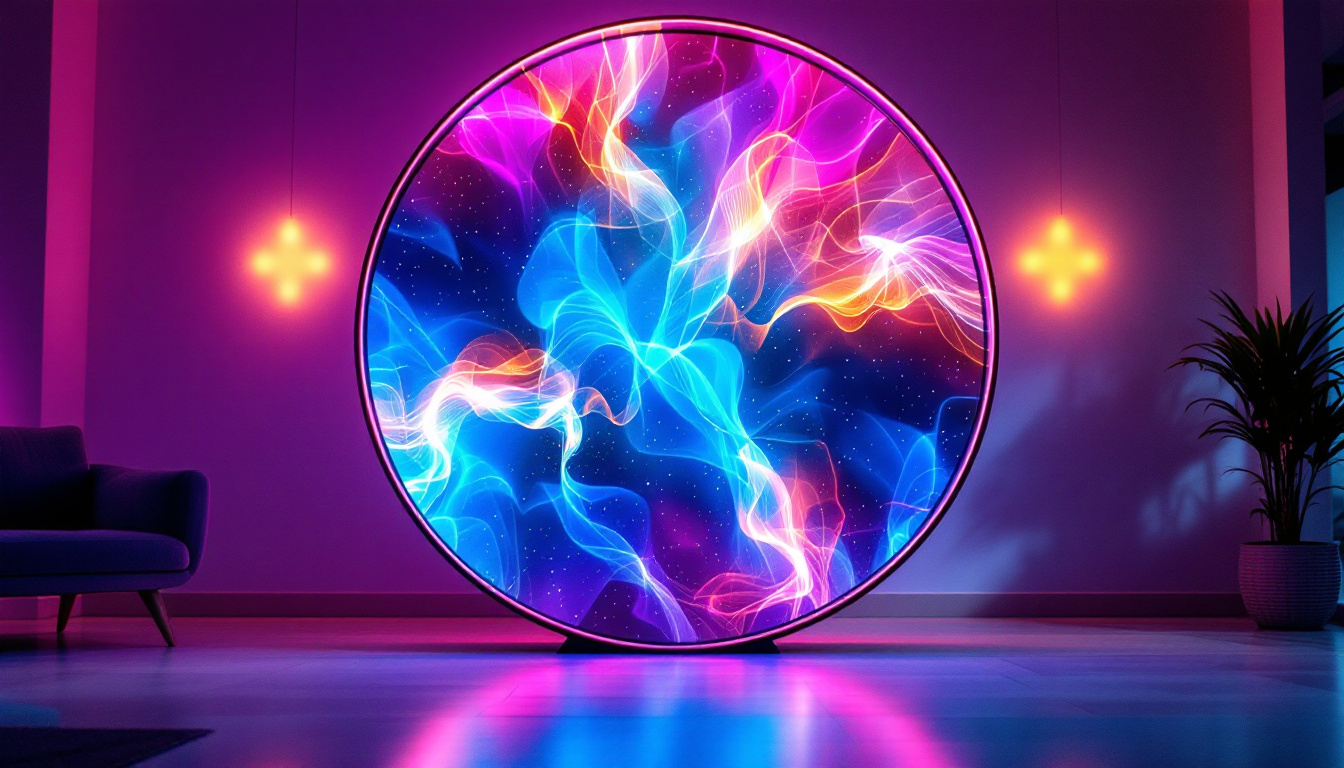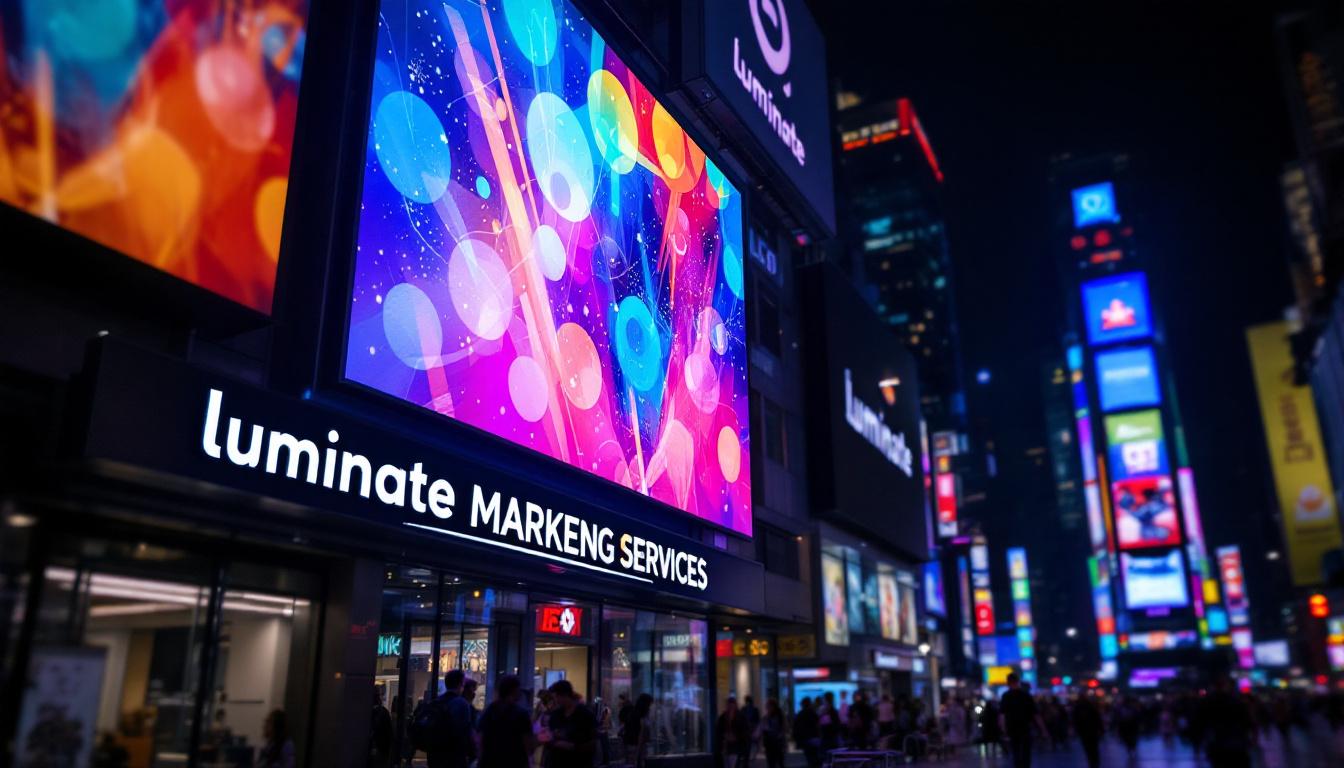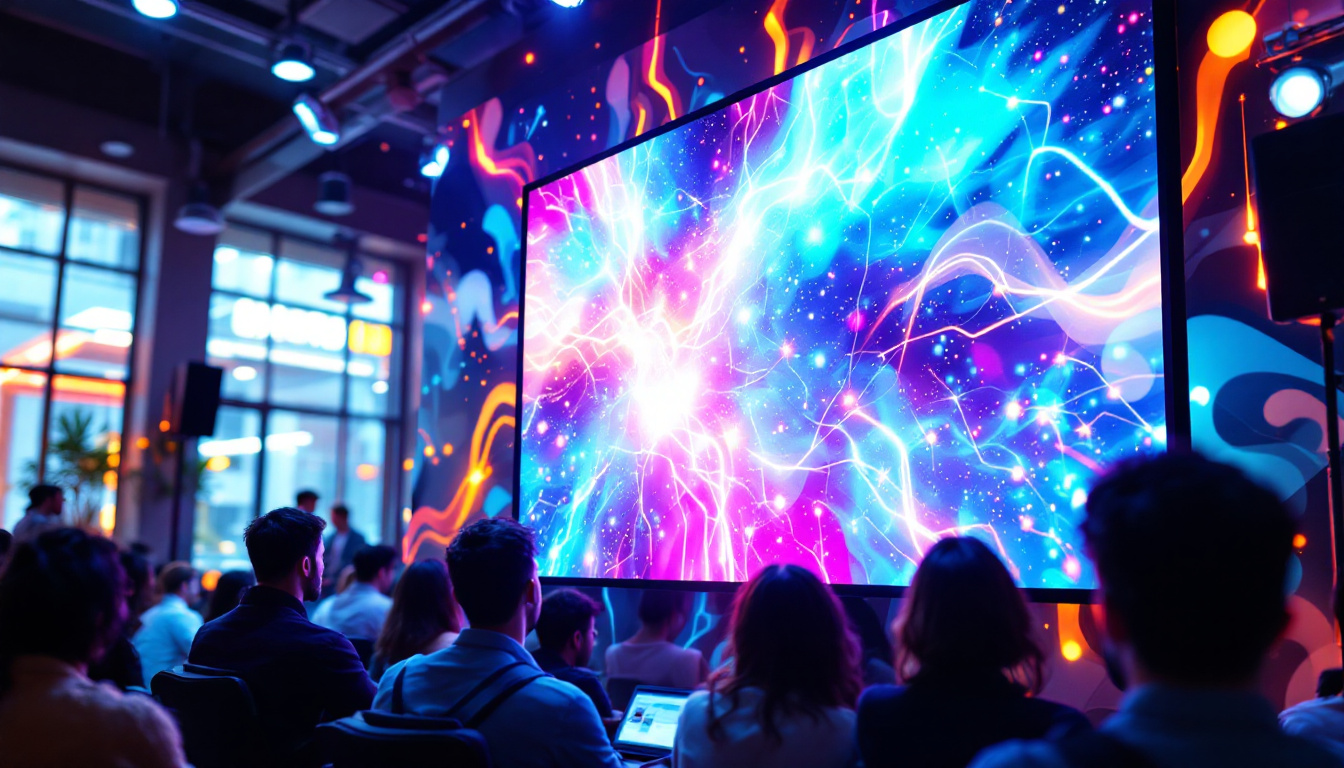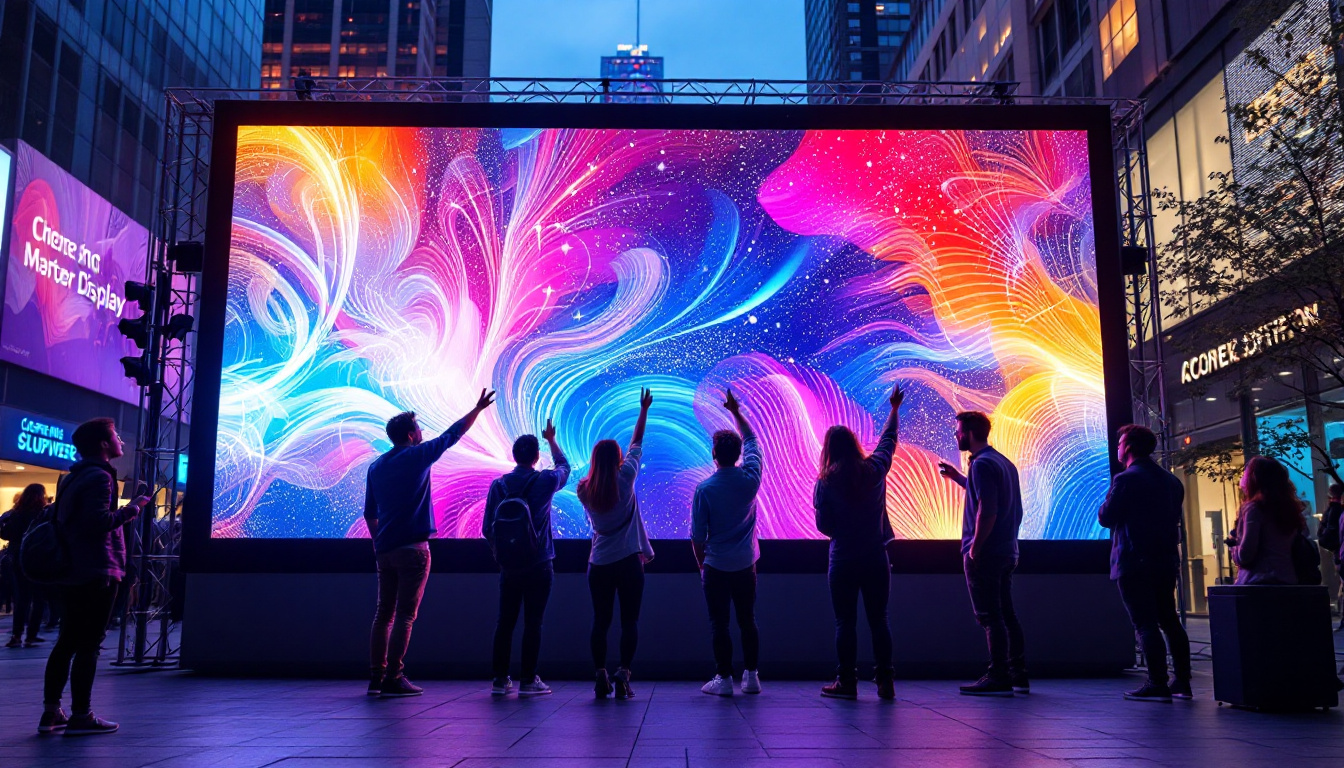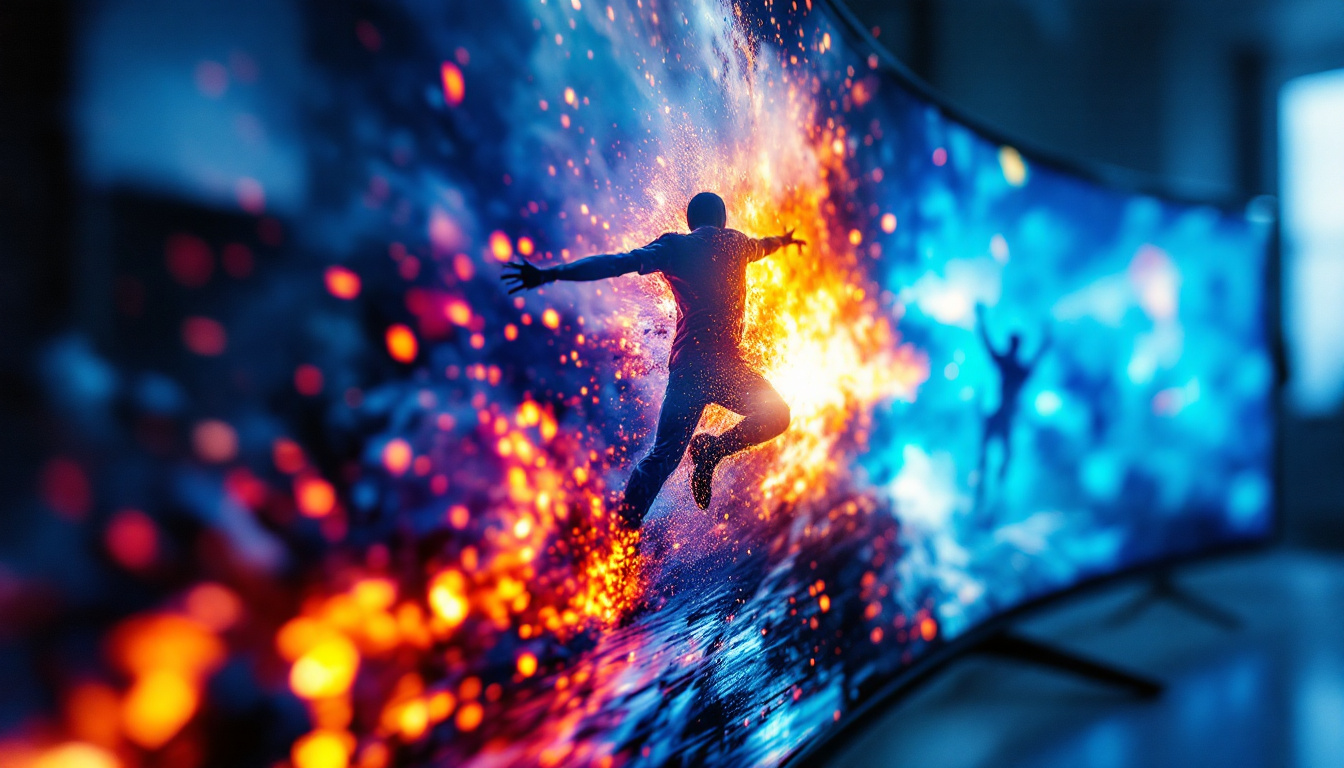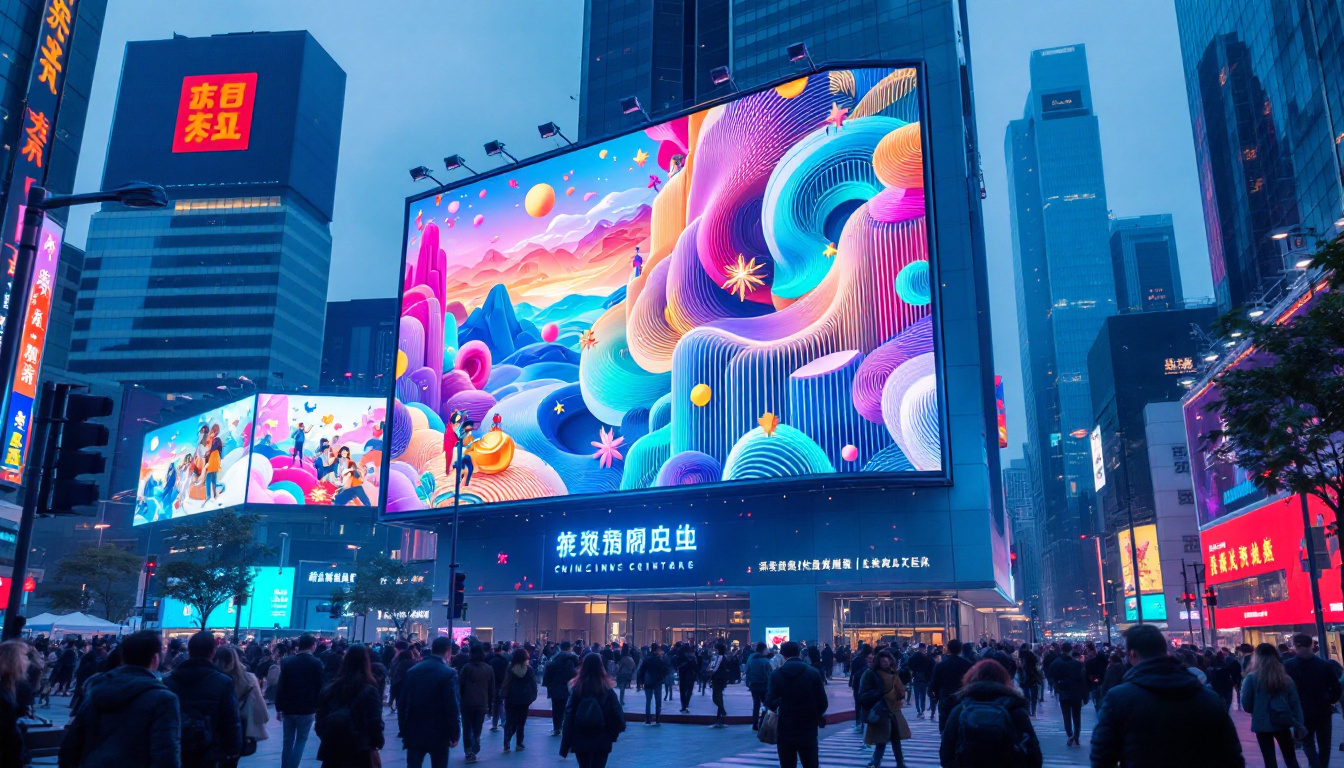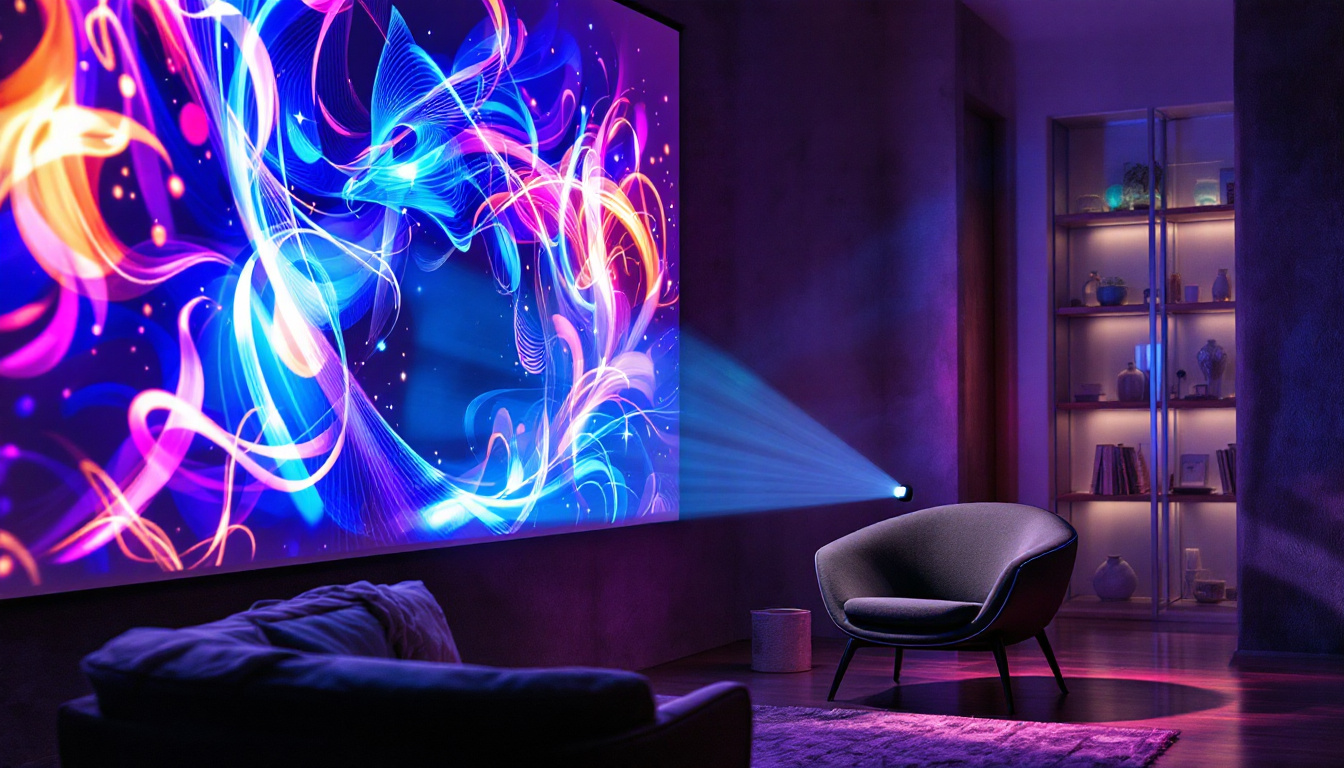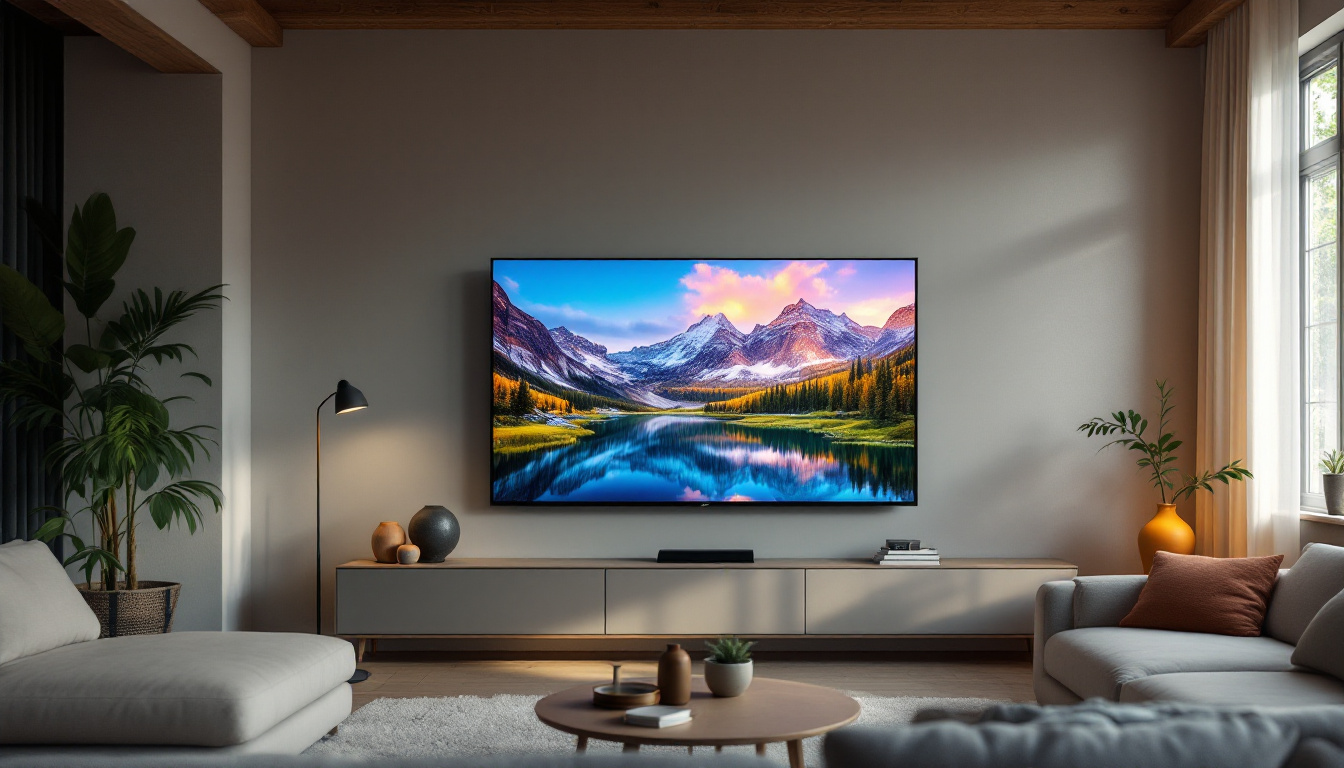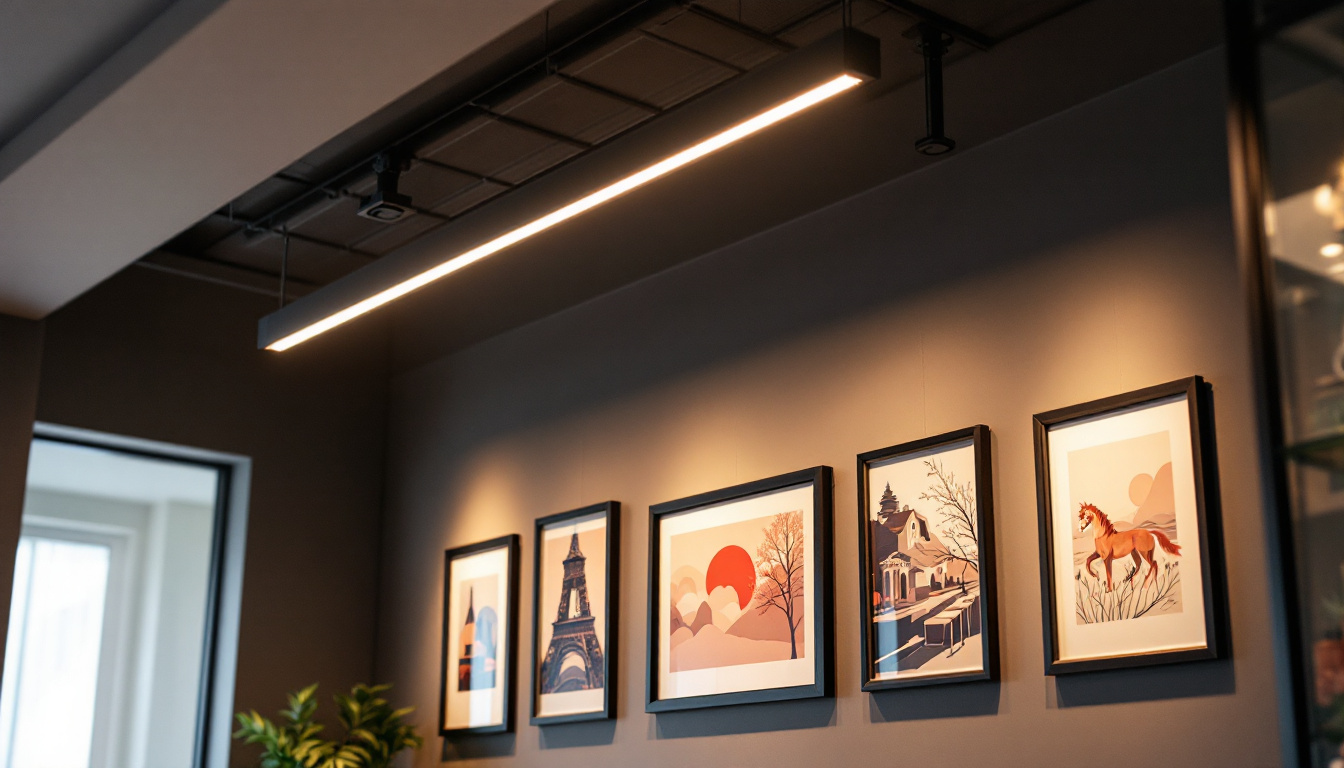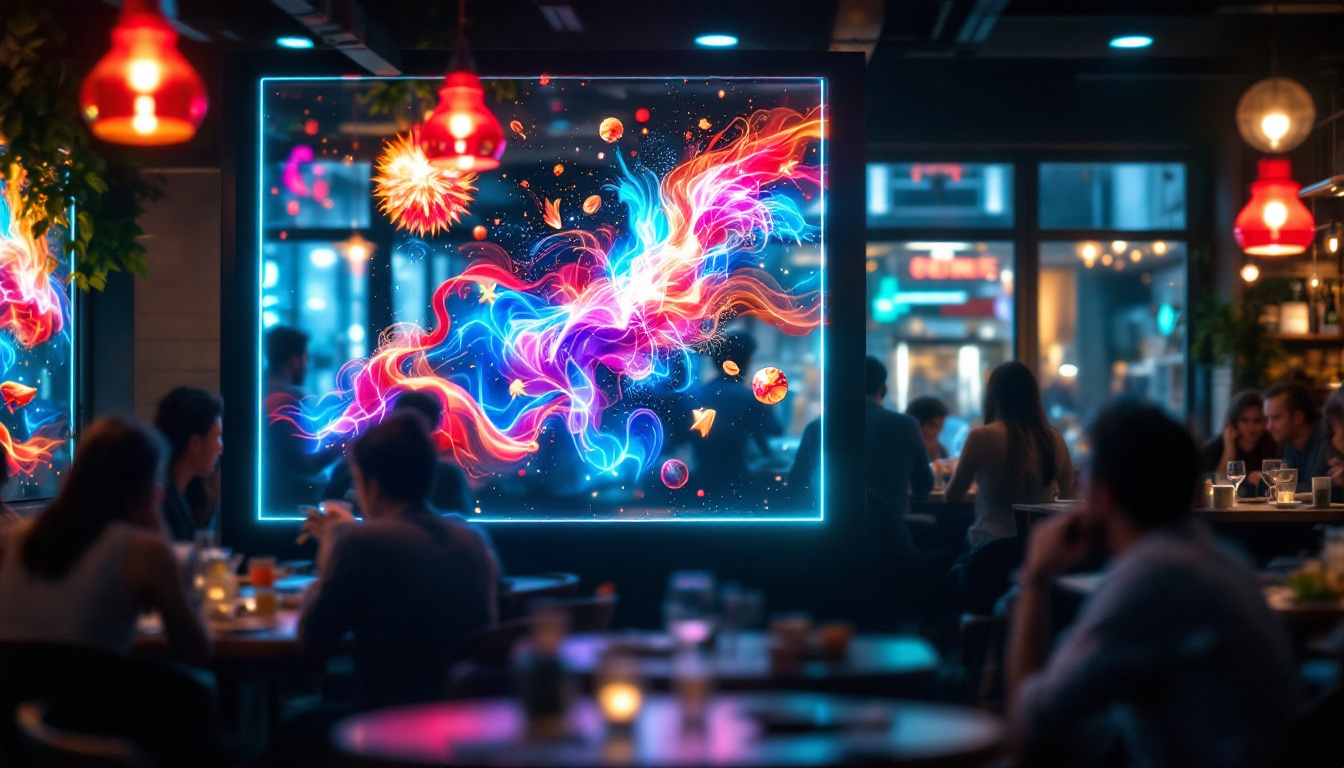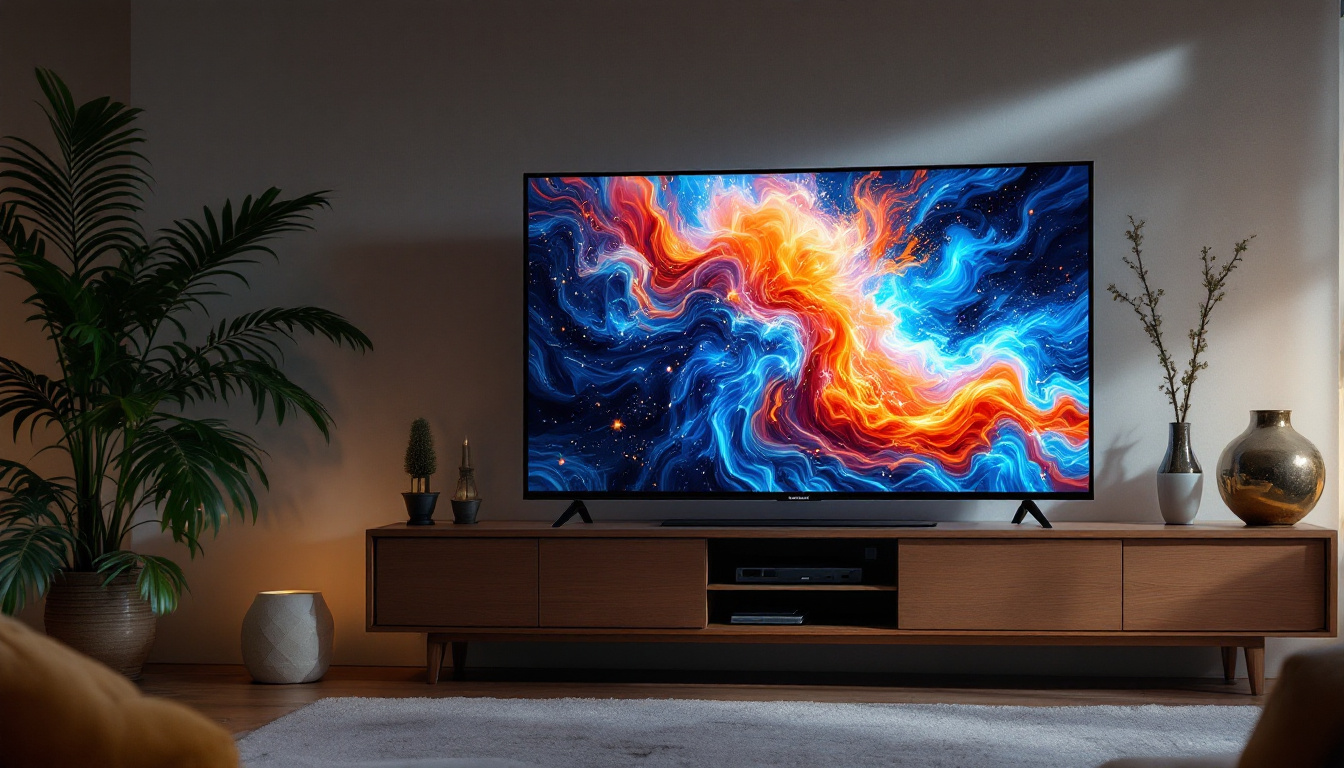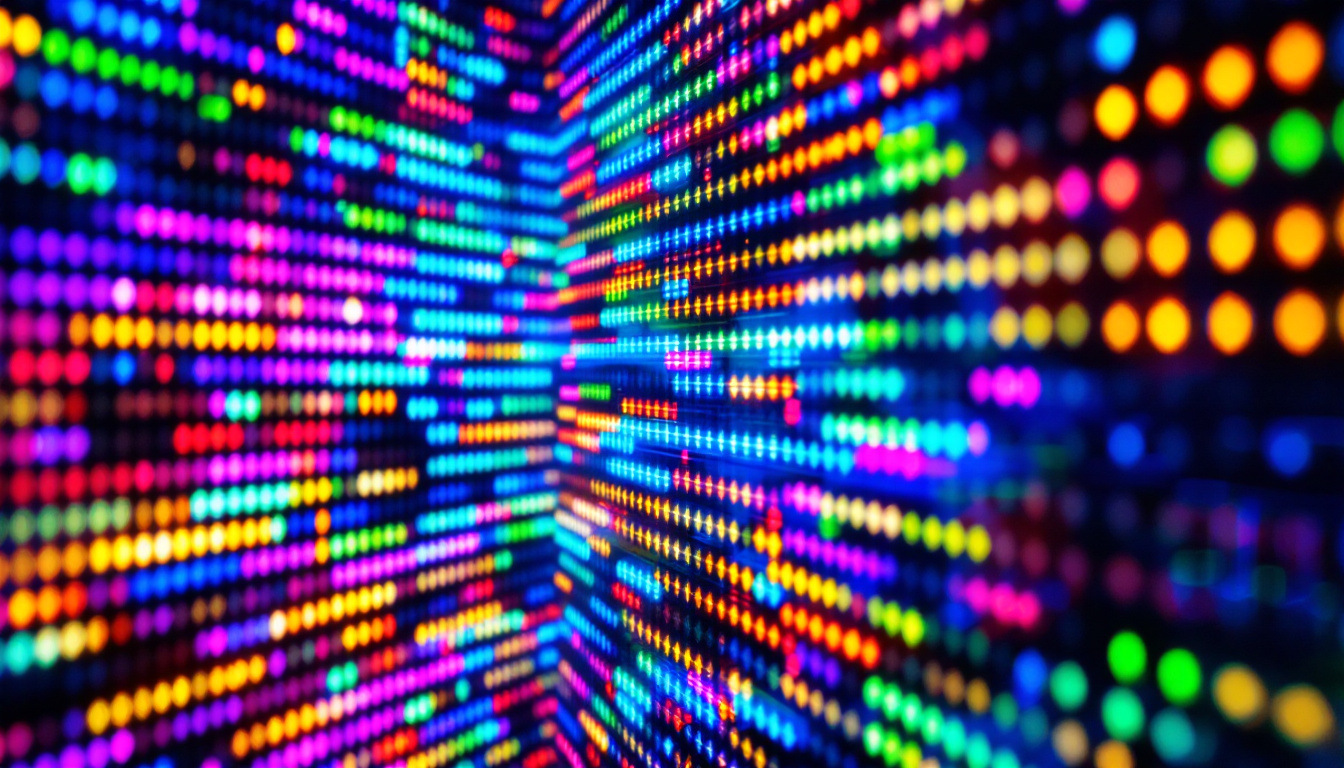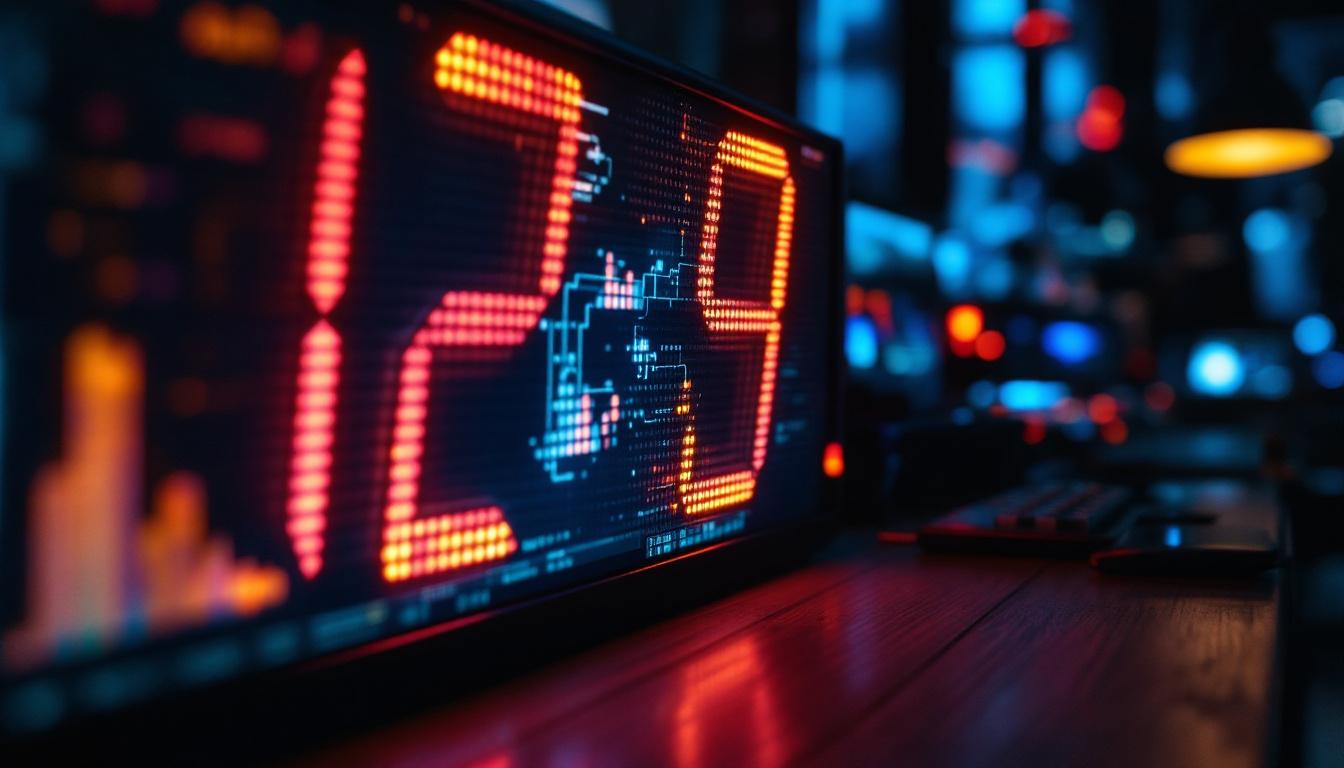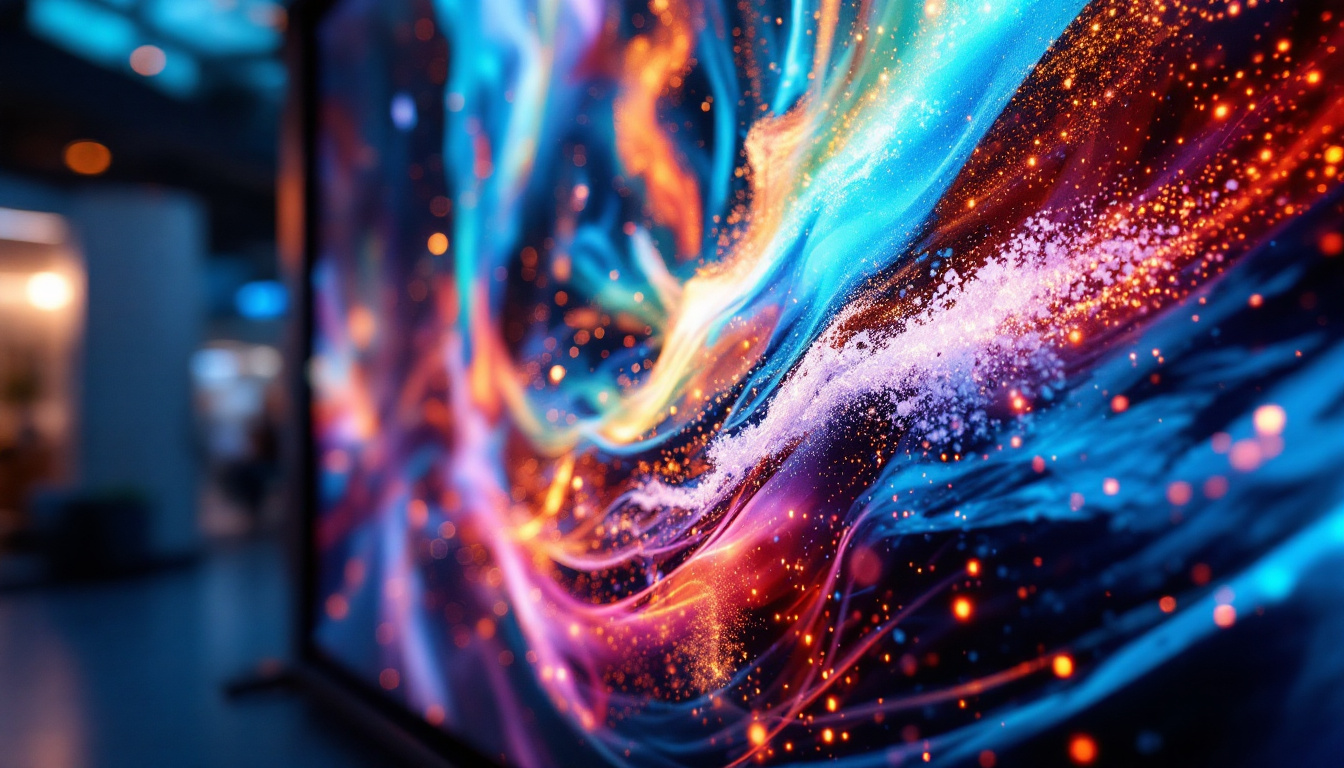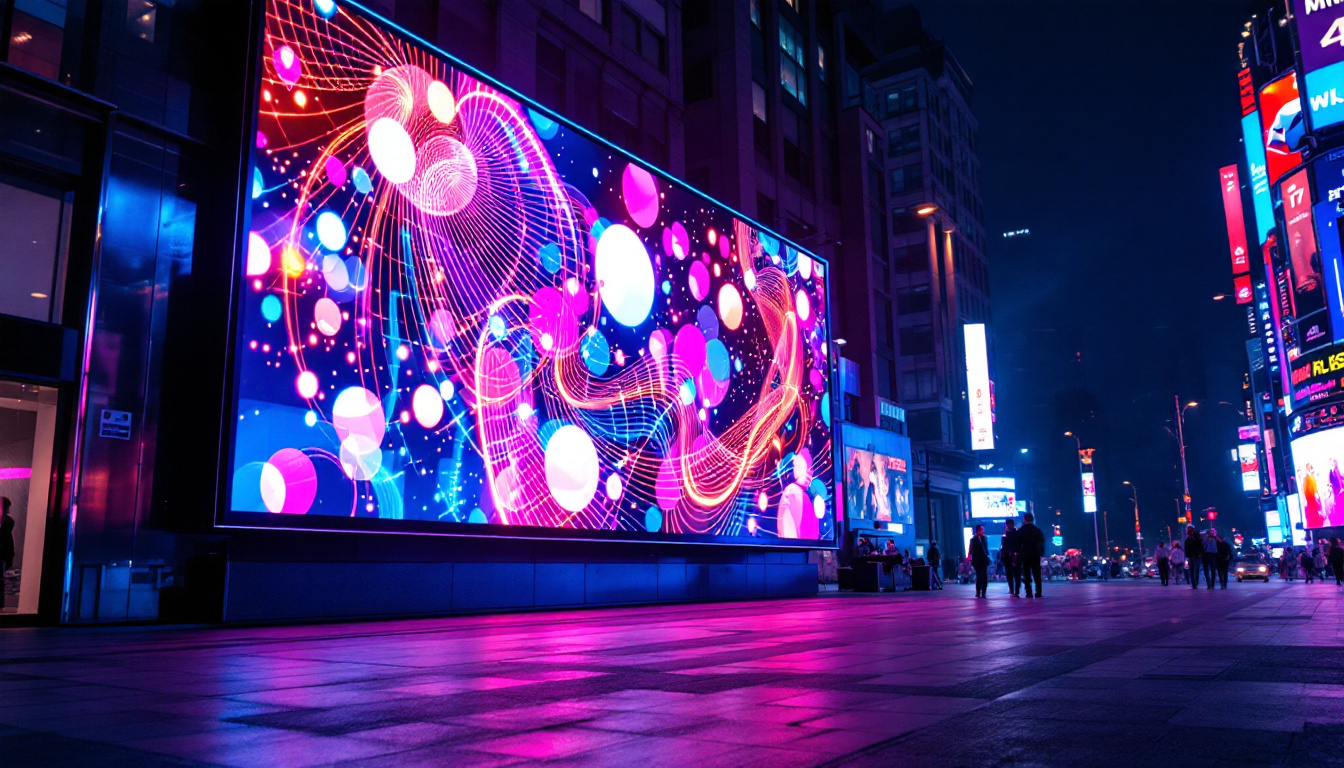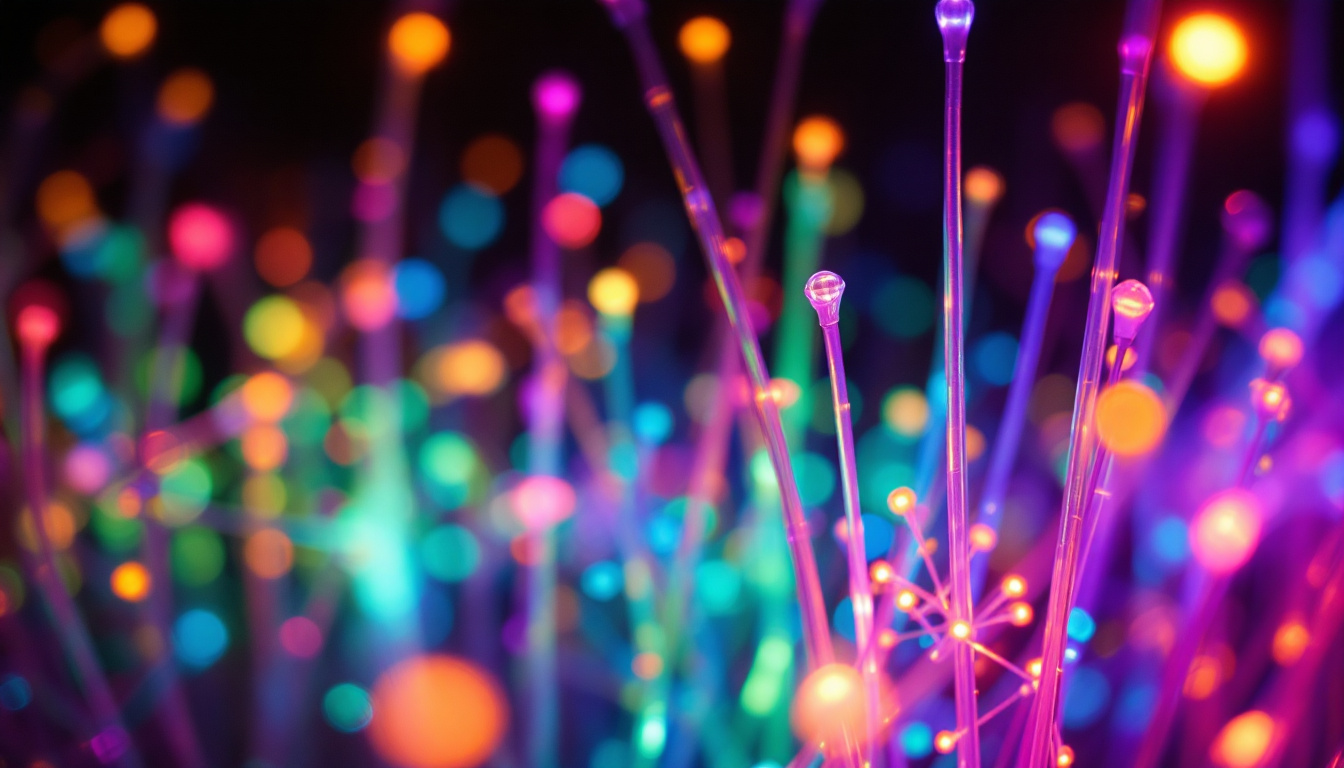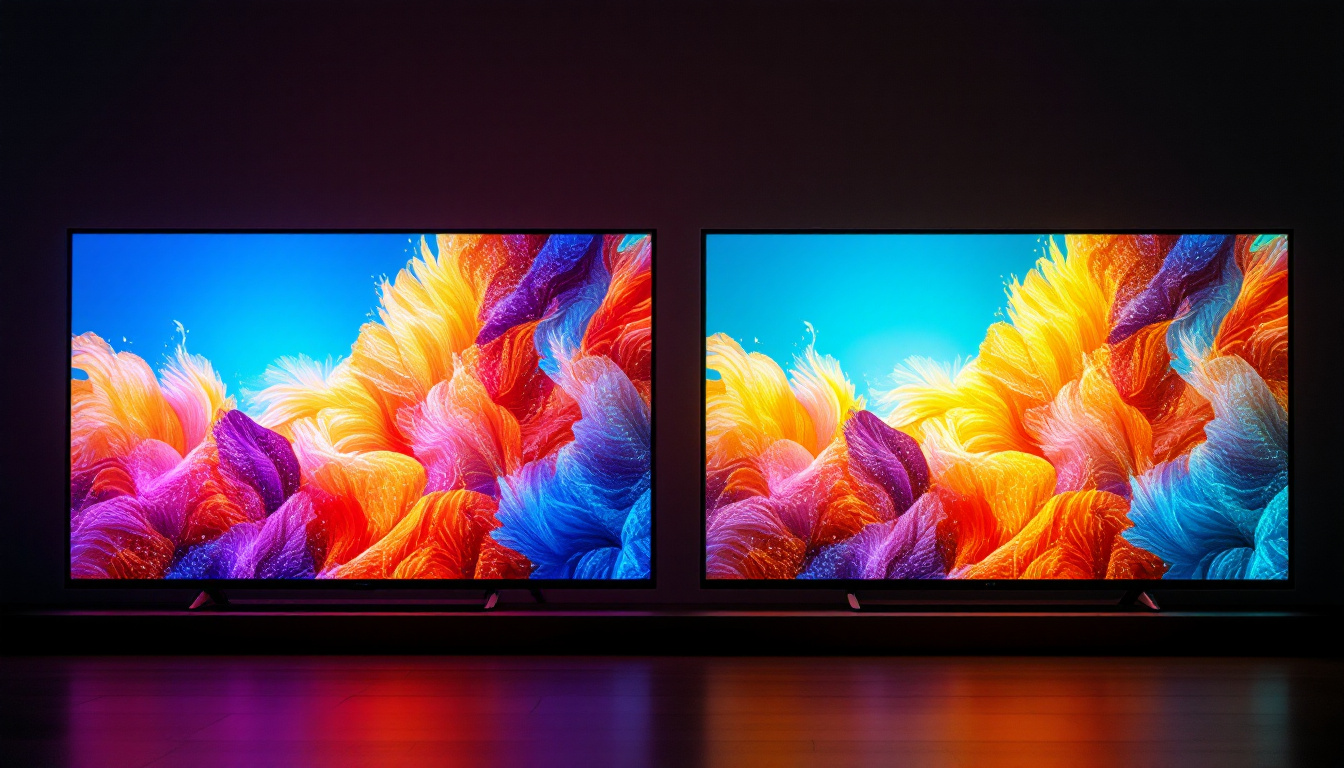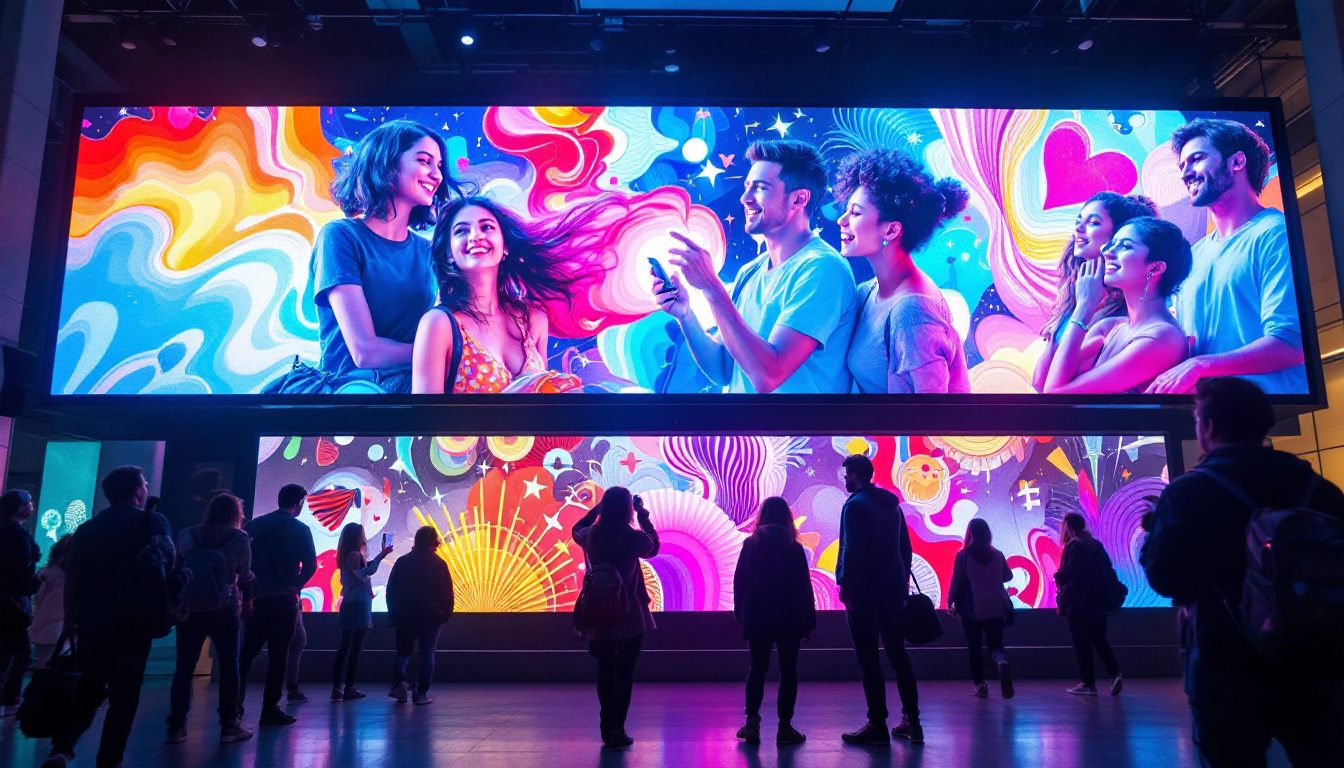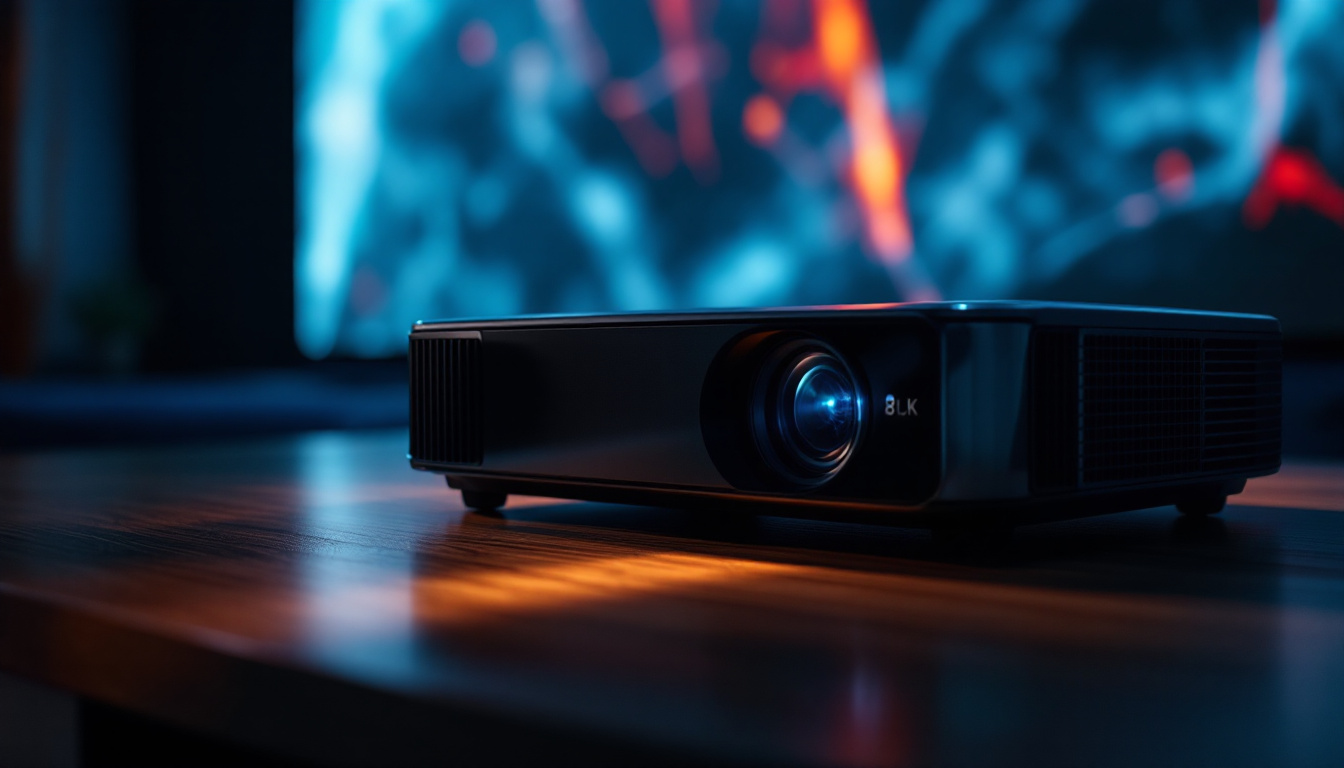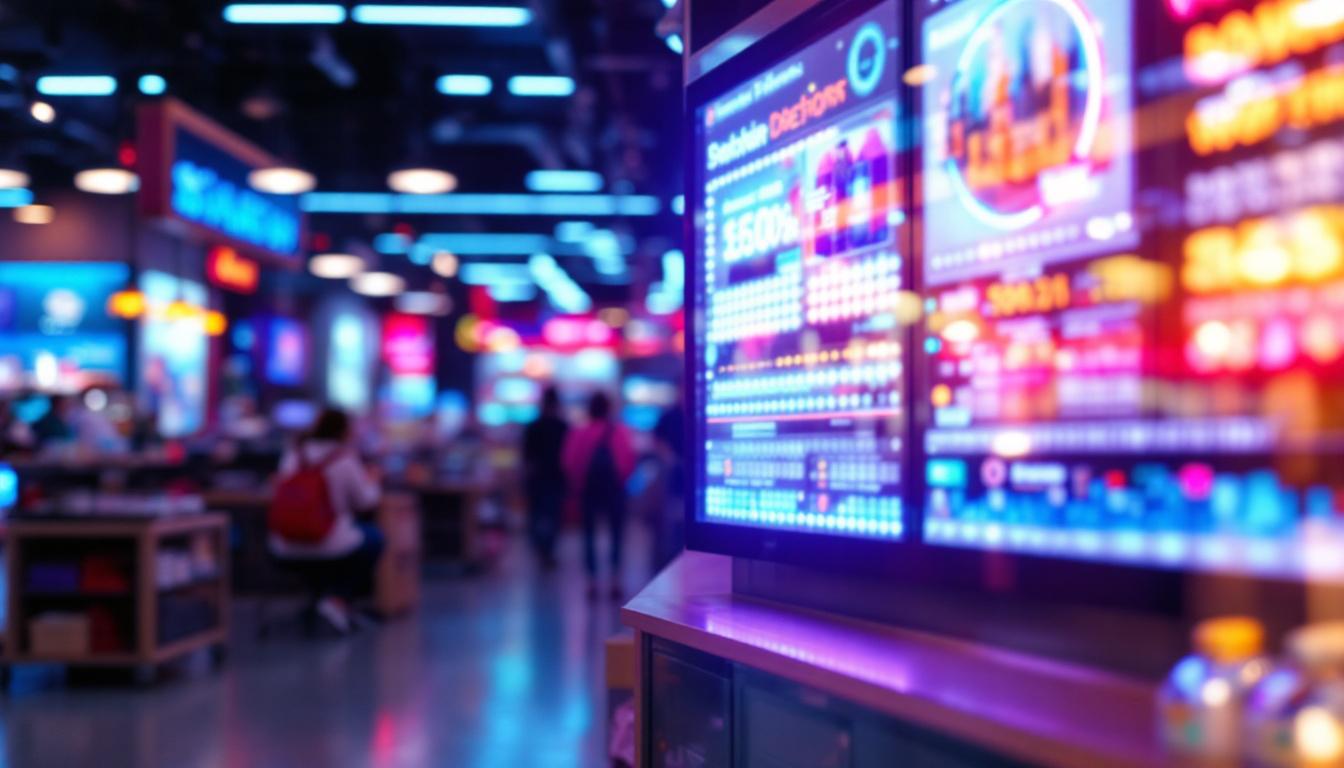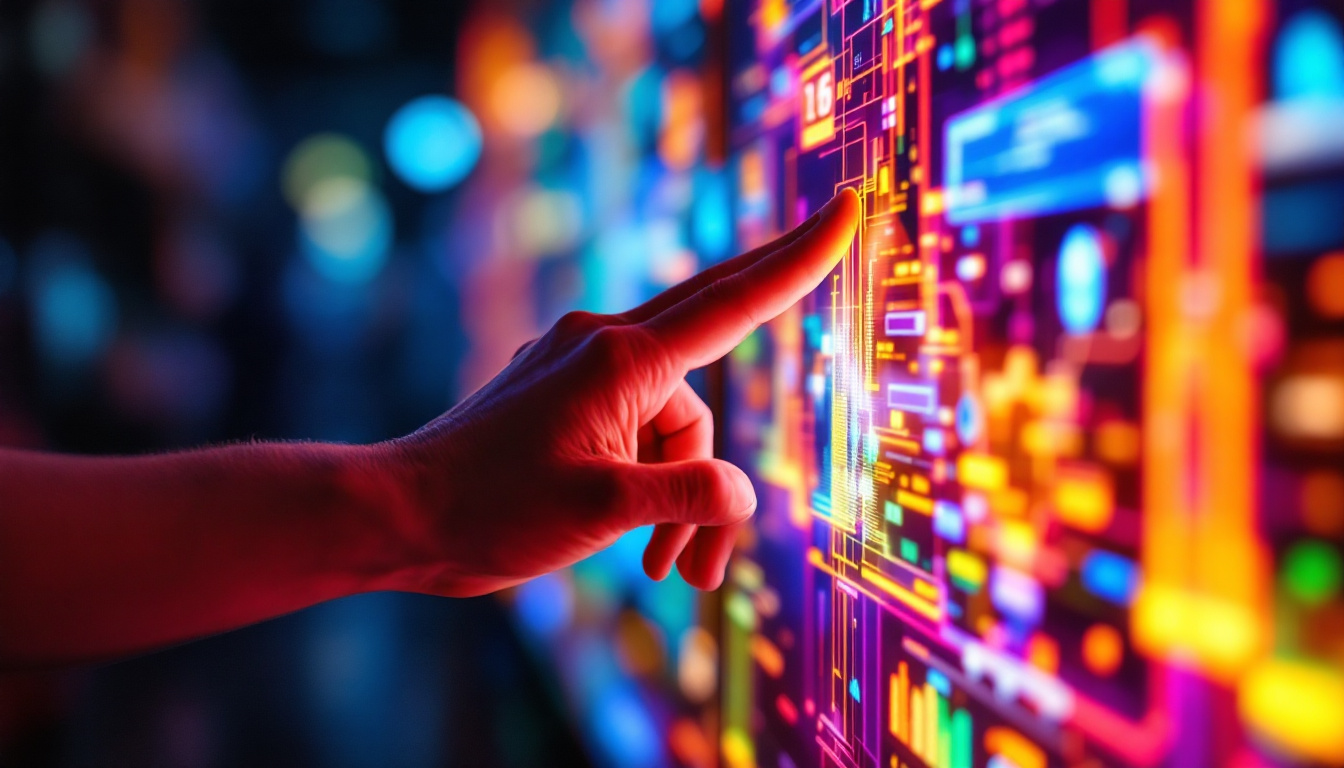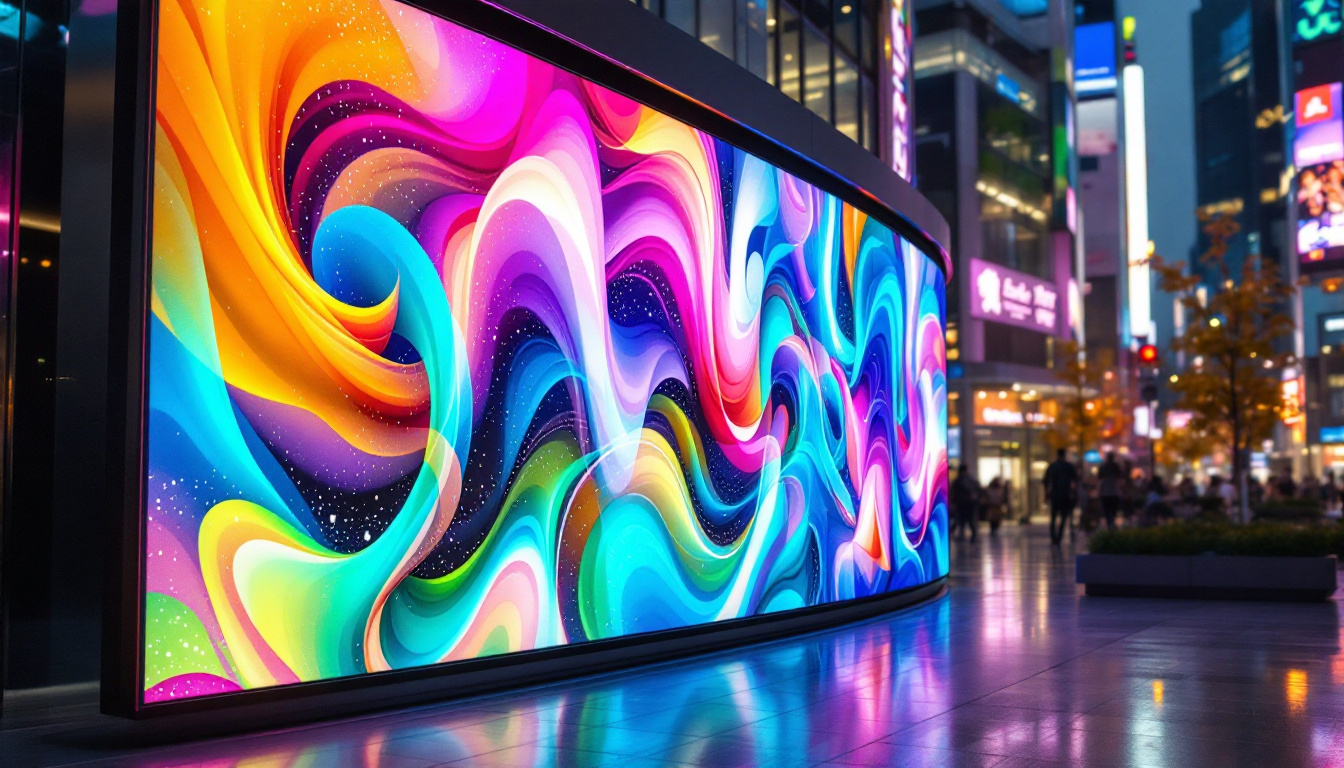In the modern world, the way information is presented has evolved significantly. Among the most impactful advancements in display technology is the LED display. This technology has transformed how we interact with visual content, making it more vibrant, efficient, and versatile. As we delve deeper into the realm of LED displays, it becomes essential to understand their workings, applications, and the advantages they offer.
Understanding LED Technology
LED, or Light Emitting Diode, is a semiconductor device that emits light when an electric current passes through it. This technology has gained immense popularity due to its efficiency and longevity. Unlike traditional incandescent bulbs, LEDs consume significantly less power and have a longer lifespan, making them an ideal choice for various applications. The energy efficiency of LEDs translates to lower electricity bills and a reduced carbon footprint, which is increasingly important in today’s environmentally conscious society.
Furthermore, the versatility of LED technology extends beyond mere lighting. It has found applications in diverse fields such as automotive lighting, horticulture, and even medical devices. For instance, in horticulture, specific wavelengths of LED light can promote plant growth, making them an essential tool for indoor gardening and commercial agriculture.
The Basics of LED Functionality
At its core, an LED display consists of numerous tiny LEDs arranged in a grid. Each LED can emit different colors, allowing for a wide spectrum of visual output. The combination of red, green, and blue (RGB) LEDs can create millions of colors, making it possible to display intricate images and videos. This color mixing capability is not only crucial for entertainment purposes but also for applications in advertising and information dissemination, where vibrant visuals can capture attention more effectively.
When an electric current flows through the semiconductor material in an LED, it excites the electrons, causing them to release energy in the form of light. This process is known as electroluminescence. The efficiency of this process is what makes LED displays so appealing for both commercial and personal use. Additionally, advancements in LED technology have led to the development of organic LEDs (OLEDs), which offer even greater flexibility in design and superior color reproduction, further enhancing the visual experience.
Types of LED Displays
LED displays come in various forms, each designed for specific applications. The two primary types are:
- Direct View LED (DVLED): These displays consist of individual LEDs that form the entire screen. They are commonly used for large outdoor displays, such as billboards and stadium screens. Their high brightness and visibility in daylight make them ideal for advertising and public announcements.
- LED-Lit LCD: These displays use LED backlighting to enhance the brightness and color accuracy of traditional LCD screens. They are prevalent in televisions and computer monitors. The integration of LED technology in LCD screens has significantly improved picture quality, offering deeper blacks and more vibrant colors compared to older technologies.
In addition to these primary types, there are also specialized LED displays like flexible LED screens, which can be bent and shaped to fit unique designs, and transparent LED displays that allow for visibility through the screen itself, making them perfect for retail environments. Each type of LED display continues to evolve, driven by advancements in technology and changing consumer demands, ensuring that they remain at the forefront of visual communication solutions.
Applications of LED Displays
The versatility of LED displays has led to their adoption across various industries. From advertising to entertainment, their applications are vast and varied.
Advertising and Marketing
One of the most prominent uses of LED displays is in advertising. digital billboards and signage have become commonplace in urban areas, capturing the attention of passersby with vibrant colors and dynamic content. The ability to change advertisements in real-time allows businesses to target specific audiences effectively.
Moreover, LED displays can be programmed to display various messages, making them ideal for promotions, events, and announcements. This adaptability ensures that marketing strategies remain fresh and engaging. With the integration of data analytics, businesses can also tailor their content based on the time of day, weather conditions, or even local events, maximizing the impact of their advertising efforts. This level of customization not only enhances customer engagement but also drives higher conversion rates, making LED displays a valuable asset in any marketing campaign.
Entertainment and Events
In the entertainment industry, LED displays play a crucial role in enhancing the viewer experience. Concerts, festivals, and sporting events utilize large LED screens to provide audiences with a better view of performances and activities. The high brightness and contrast ratios of LED displays ensure that visuals remain clear, even in outdoor settings.
Additionally, LED technology is increasingly used in theater productions and art installations, where dynamic visual elements can enhance storytelling and artistic expression. The flexibility of LED panels allows for creative designs, such as curved or shaped screens, that can transform a traditional stage into an immersive environment. Artists and directors can leverage this technology to create captivating visual narratives, blending light and sound in ways that resonate deeply with audiences. Furthermore, the integration of interactive LED displays at events can engage viewers in real-time, allowing them to participate in the experience through their smartphones or other devices.
Transportation and Public Information
LED displays are also widely used in transportation systems. Buses, trains, and airports utilize LED screens to provide real-time information to passengers. These displays can show arrival and departure times, delays, and other essential updates, ensuring that travelers are well-informed.
In public spaces, LED displays can be employed for informational purposes, such as displaying news, weather updates, or emergency alerts. Their visibility and clarity make them an effective communication tool in various environments. Furthermore, the implementation of LED technology in smart city initiatives is revolutionizing the way information is disseminated to the public. For instance, LED displays can be integrated with sensors to provide live traffic updates, helping to alleviate congestion and improve overall urban mobility. As cities continue to evolve, the role of LED displays in facilitating communication and enhancing the quality of life for residents will undoubtedly expand, paving the way for a more connected and informed society.
Advantages of LED Displays
The growing popularity of LED displays can be attributed to several advantages they offer over traditional display technologies.
Energy Efficiency
One of the most significant benefits of LED displays is their energy efficiency. Compared to traditional lighting technologies, LEDs consume significantly less power. This not only reduces electricity costs but also minimizes the environmental impact associated with energy consumption.
As businesses and organizations increasingly prioritize sustainability, the energy-efficient nature of LED displays makes them an attractive option for reducing carbon footprints.
Longevity and Durability
LED displays are designed to last. With a lifespan that can exceed 50,000 hours, they far outlast traditional display technologies. This longevity translates to lower maintenance costs and fewer replacements, making them a cost-effective investment in the long run.
Moreover, LED displays are more resistant to shock and vibration, making them suitable for various environments, including outdoor settings where weather conditions can be unpredictable.
High-Quality Visuals
LED displays are known for their superior image quality. With high brightness levels and excellent color accuracy, they provide stunning visuals that captivate audiences. The ability to display content in high definition enhances the viewing experience, whether in a cinema, a gallery, or a corporate presentation.
Additionally, the fast response time of LEDs ensures that motion graphics and videos appear smooth and fluid, without blurring or ghosting effects.
Challenges and Considerations
While LED displays offer numerous advantages, there are also challenges and considerations to keep in mind.
Initial Costs
The initial investment for LED displays can be higher than traditional display technologies. Although they offer long-term savings through energy efficiency and durability, the upfront costs may deter some businesses or individuals from making the switch.
However, as technology advances and production costs decrease, LED displays are becoming more accessible, making it easier for a broader range of users to adopt this technology.
Brightness and Glare
While LED displays are known for their brightness, excessive brightness can lead to glare, which may hinder visibility in certain conditions. This is particularly relevant for outdoor displays, where sunlight can create challenges for viewers.
To mitigate this issue, manufacturers are continually developing technologies to enhance visibility and reduce glare, ensuring that LED displays remain effective in various lighting conditions.
The Future of LED Displays
As technology continues to evolve, the future of LED displays looks promising. Innovations in design, functionality, and applications are expected to shape the next generation of displays.
Advancements in Flexibility and Design
Future LED displays are likely to feature increased flexibility, allowing for creative and unconventional designs. This could include curved displays, transparent screens, and even wearable technology that integrates LED displays into clothing and accessories.
Such advancements would open new avenues for artistic expression and advertising, enabling brands to engage consumers in innovative ways.
Integration with Smart Technology
As smart technology continues to permeate everyday life, LED displays will likely integrate more seamlessly with smart devices and systems. This could lead to interactive displays that respond to user input or environmental conditions, enhancing the overall user experience.
For instance, LED displays could be programmed to change content based on audience demographics or preferences, creating a more personalized interaction.
Environmental Considerations
With growing awareness of environmental issues, future LED displays are expected to focus on sustainability. This includes using eco-friendly materials, reducing energy consumption, and promoting recycling initiatives for outdated displays.
As consumers become more environmentally conscious, brands that adopt sustainable practices will likely gain a competitive edge in the market.
Conclusion
LED displays have revolutionized the way information is presented and consumed. Their energy efficiency, longevity, and high-quality visuals make them an attractive option for various applications, from advertising to entertainment. While challenges exist, the benefits of LED technology far outweigh the drawbacks.
As advancements continue to shape the future of display technology, LED displays will undoubtedly remain at the forefront, offering innovative solutions that enhance communication and engagement in an increasingly visual world.
In summary, understanding LED displays is crucial for anyone looking to leverage this technology effectively. Whether for personal use or business applications, the potential of LED displays is vast, making them a key player in the ongoing evolution of visual communication.
Explore Cutting-Edge LED Displays with LumenMatrix
Ready to elevate your visual communication with the latest in LED display technology? Look no further than LumenMatrix, a pioneer in crafting immersive LED experiences. From Indoor and Outdoor LED Wall Displays to innovative solutions like Vehicle LED Displays and Transparent LED Displays, LumenMatrix offers a wide array of products designed to captivate and engage your audience. Discover how our LED Sports Displays, Floor LED Displays, and Custom LED solutions can transform your space and message. Check out LumenMatrix LED Display Solutions today and join the visual revolution.

